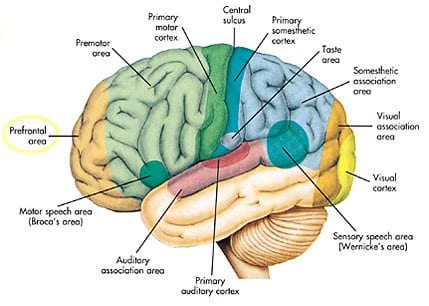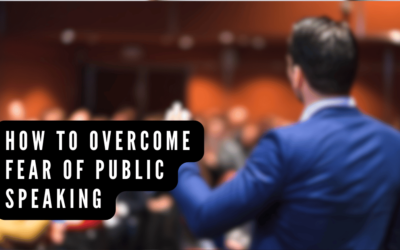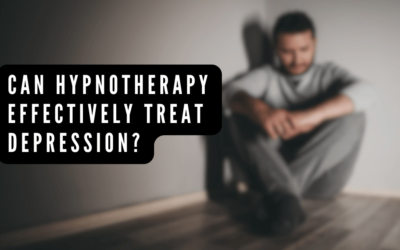About ten years ago, I came home in a really bad mood. I was in my masters program and I was letting school stress me out. I also owned and operated a business and nothing seemed to be going quite right at the moment. I walked in the door and slumped down at the kitchen table as my wife greeted me lovingly with a kiss. Immediately, she could sense that I was in a really sour mood. Rather than ask me how my day was, she asked me, “Would you like a piece of toast? I just made some bread.”
Toast? I like toast, but I LOVE warm, homemade bread. “Yes, I would like some toast,” I said somewhat forlornly. I slumped my shoulders forward and put my head on the table. I felt the cool, smooth wood against my cheek, as I sighed. I was doing my best to feel sorry for myself. I heard the toaster click and lock into place. I glanced over in the direction of the toaster. I could see a red glow just at its top, as the toaster fired up. A moment later, I smelled that glorious smell: fresh, homemade bread, warmed in a toaster oven.
The smell wafted across the room and washed over me. Instantly, it transported me back to a time when I was eight or nine, standing in the kitchen with my mother. The oven was on, and we were forming loaves with our hands.
My head was still on the table, but my breathing had already started to change and my shoulders weren’t so slumped anymore. That smell…so good—pop, the toast was done! A smile broke over my face. I knew what was coming next: warmed bread, unsalted butter and honey. Before my wife put the toast in front of me, I could feel it on my tongue, savoring and salivating.
She put the plate in front of me. She stood behind me and put her hands on my shoulders while I took a deep breath, filling my lungs with glory. I sat upright. Suddenly, everything was going to be okay.
At the time, I was amazed that toast could almost instantly change my mood. I learned an important lesson. If we know what triggers us, positively and negatively, we can take instant control of our moods and attitudes.
I have two daughters that are Miley Cyrus fans. I can’t say that I always share their enthusiasm, but I think that Miley’s song “Party in the USA” illustrates a similar experience. She sings about flying to LA, an unfamiliar place, where she is surrounded by people who dress and act differently. None of her friends are around. She sings:
“My tummys turnin’ and I’m feelin’ kinda home sick
Too much pressure and I’m nervous
That’s when the D.J. dropped my favorite tune
and a Britney song was on (…)
So I put my hands up
They’re playing my song,
And the butterflies fly away (…)
They’re playin’ my song
I know I’m gonna be ok”
(Miley Cyrus, Party in the USA, omissions noted with ellipses)
Notice the commonalities between my experience with toast and Miley’s experience with her favorite Britney song: an external stimulus triggers a feeling or memory, which is followed by a shift in posture and a more resourceful mental state. Miley’s response to music is not unique. How many people hear a song and are instantly transported back to another place and time. A couple says, “That is our song,” as they hear and remember dancing on the night that they fell in love.
Functional imaging studies tell us that this experience of hearing and remembering is probably linked to an area in the brain known as the rostromedial prefrontal cortex, which is part of the medial prefrontal cortex in the diagram below. The rostromedial prefrontal cortex—along with the primary auditory cortex—is one of the areas that perceives tone and then communicates with the amygdala (limbic system), mediating negative emotions. Theoretically, the rostromedial prefrontal cortex may be the system that gives music its powerful effect on emotion and memory. (http://www.absoluteastronomy.com/topics/Primary_auditory_cortex).
(jpg from http://universe-review.ca/I10-80-prefrontal.jpg).
For more information on powerful tools to control your emotional states and take charge of your life, contact me for an appointment in my office in Ogden, UT, or via Skype.
William Wood, Certified Master Hypnotist
385-432-0729 office
I wrote this article for a continuing education course: www.ModernJedi.com




